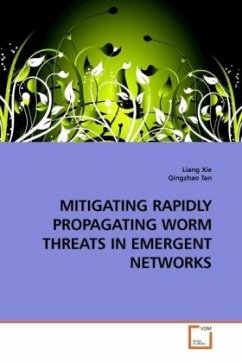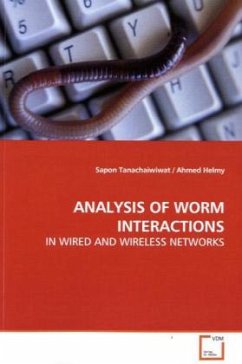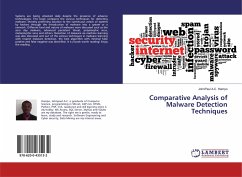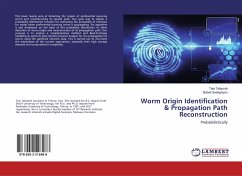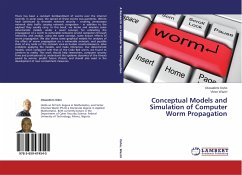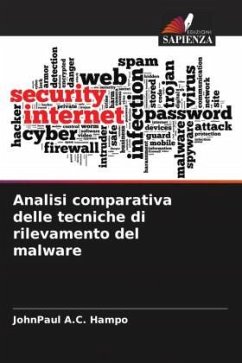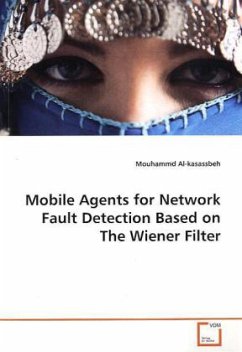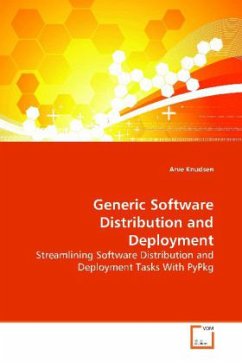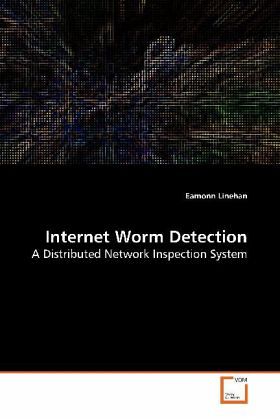
Internet Worm Detection
A Distributed Network Inspection System
Versandkostenfrei!
Versandfertig in 6-10 Tagen
39,99 €
inkl. MwSt.

PAYBACK Punkte
20 °P sammeln!
The most widely publicized, and arguably most damaging, types of malicious traffic on theInternet today include worms, spam, viruses and denial of service attacks. Internet wormsself propagate across networks exploiting flaws in operating systems and services,spreading viruses and congesting network links. It isthe aim of this dissertation to investigate approaches for detecting a wide range of maliciousactivity such as worms and (d)DoS. This dissertationdescribes the design and implementation of aframework for distributed intrusion detection. Theframework features heterogeneous sensors with a...
The most widely publicized, and arguably most
damaging, types of malicious traffic on the
Internet today include worms, spam, viruses and
denial of service attacks. Internet worms
self propagate across networks exploiting flaws in
operating systems and services,
spreading viruses and congesting network links. It is
the aim of this dissertation to investigate
approaches for detecting a wide range of malicious
activity such as worms and (d)DoS. This dissertation
describes the design and implementation of a
framework for distributed intrusion detection. The
framework features heterogeneous sensors with a
configurable event source that can adapt by
dynamically composing components at run-time. The
sensors are controlled remotely by a management
application that can configure, extend and control
sensors individually. The framework is
extensible and allows researchers to quickly
implement and evaluate detection techniques
in a live network environment. It was found that the
framework could successfully detect a range of
malicious activity including worms on both low
utilisation dial-up links and gateway router links.
damaging, types of malicious traffic on the
Internet today include worms, spam, viruses and
denial of service attacks. Internet worms
self propagate across networks exploiting flaws in
operating systems and services,
spreading viruses and congesting network links. It is
the aim of this dissertation to investigate
approaches for detecting a wide range of malicious
activity such as worms and (d)DoS. This dissertation
describes the design and implementation of a
framework for distributed intrusion detection. The
framework features heterogeneous sensors with a
configurable event source that can adapt by
dynamically composing components at run-time. The
sensors are controlled remotely by a management
application that can configure, extend and control
sensors individually. The framework is
extensible and allows researchers to quickly
implement and evaluate detection techniques
in a live network environment. It was found that the
framework could successfully detect a range of
malicious activity including worms on both low
utilisation dial-up links and gateway router links.



